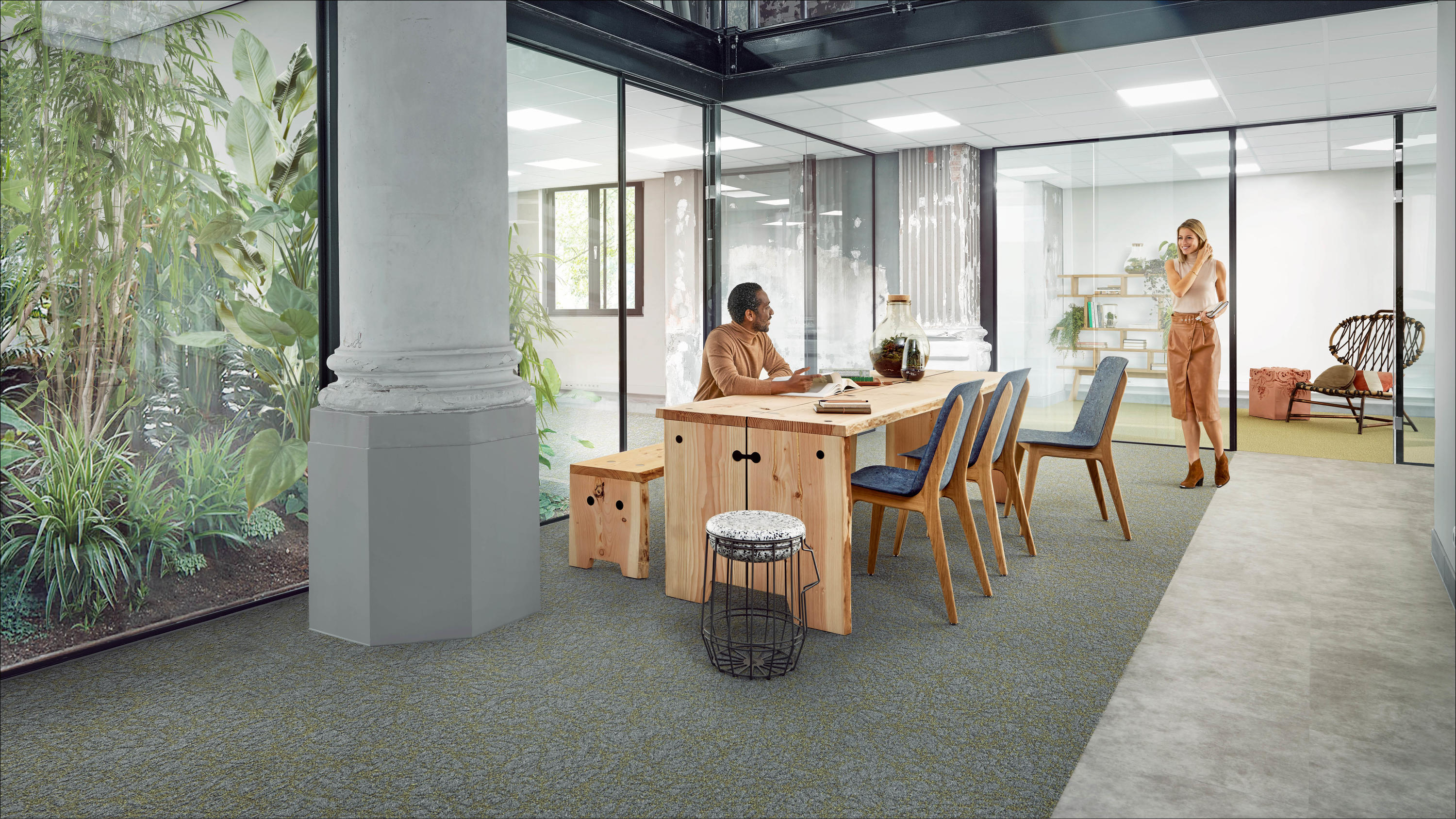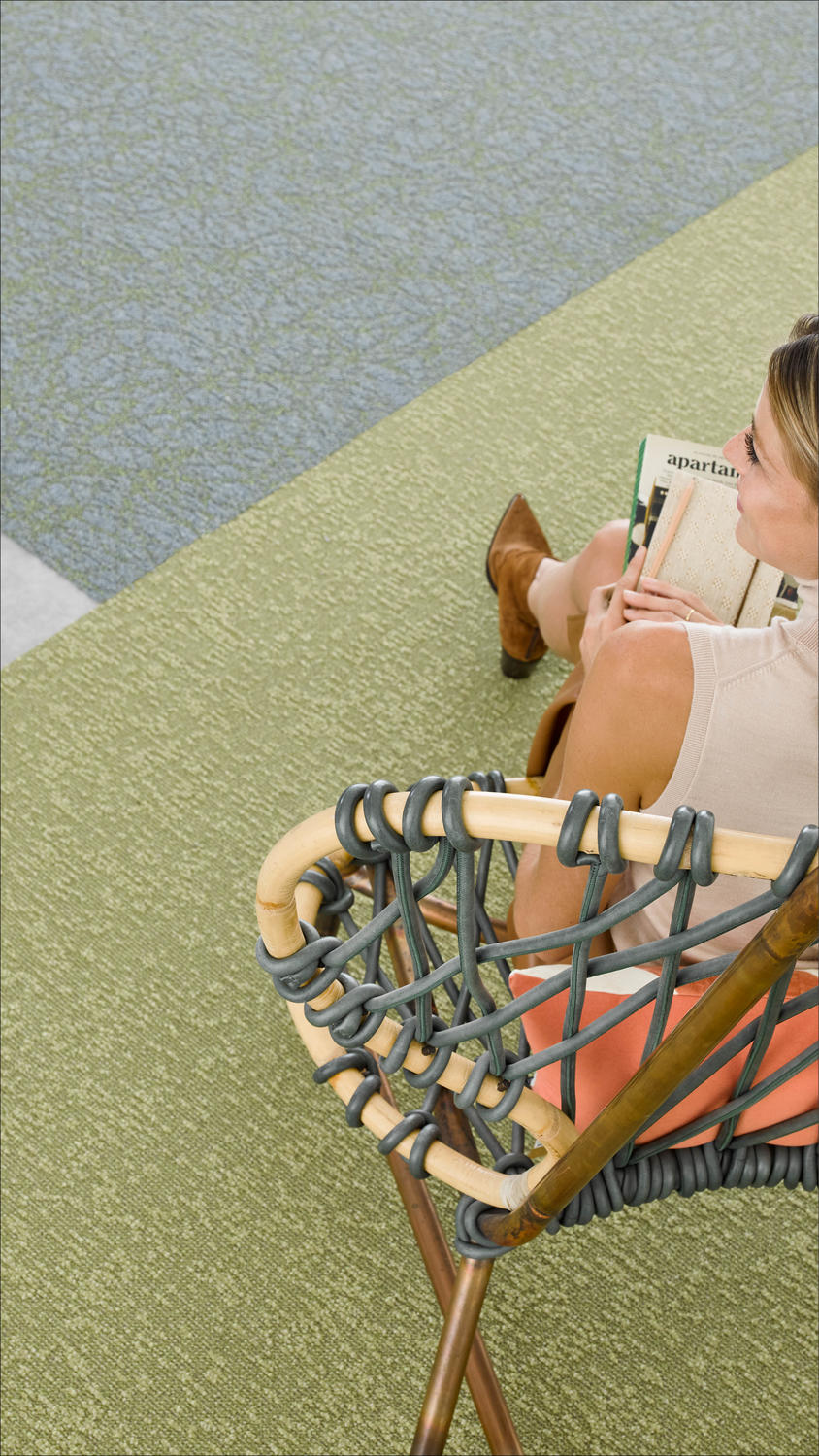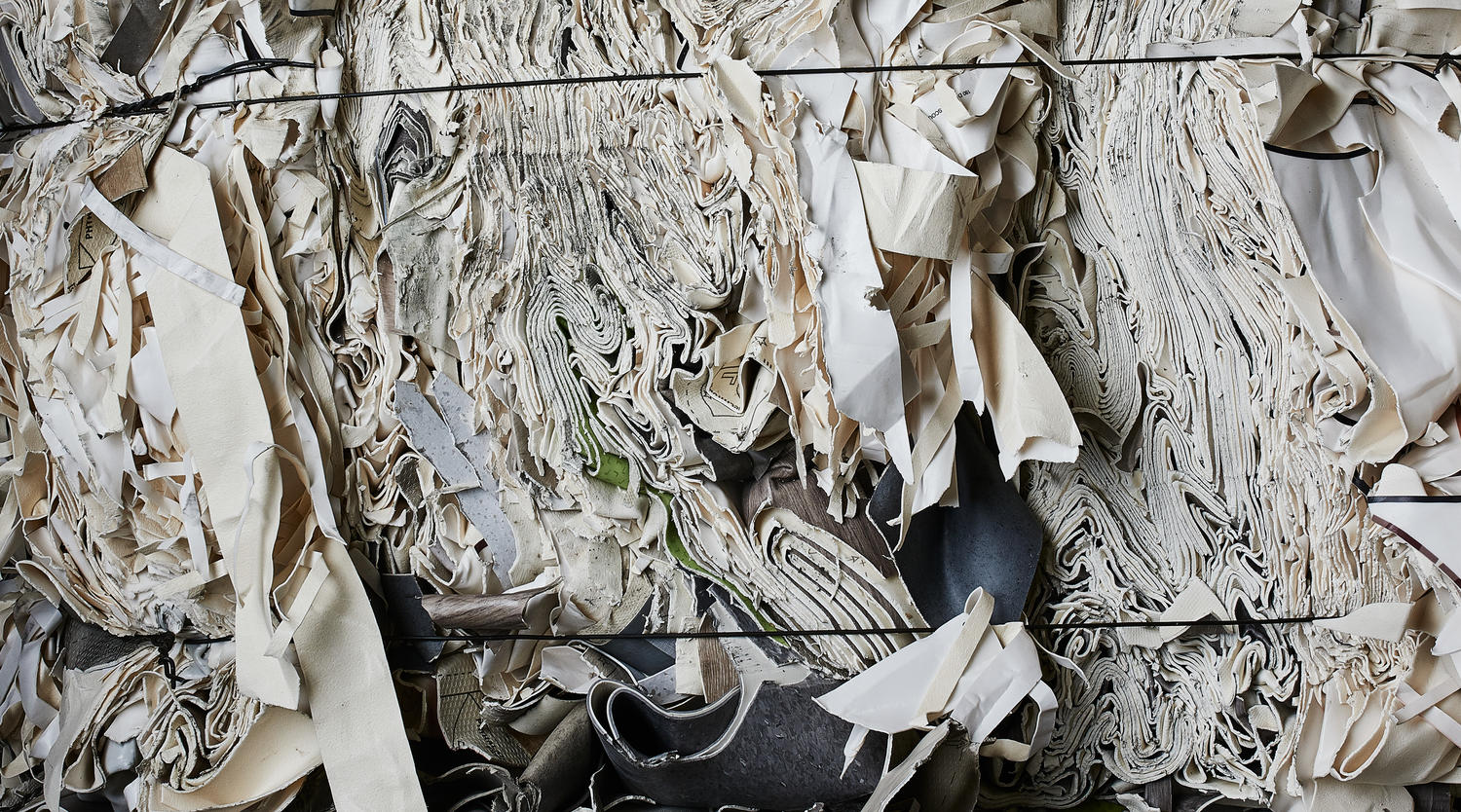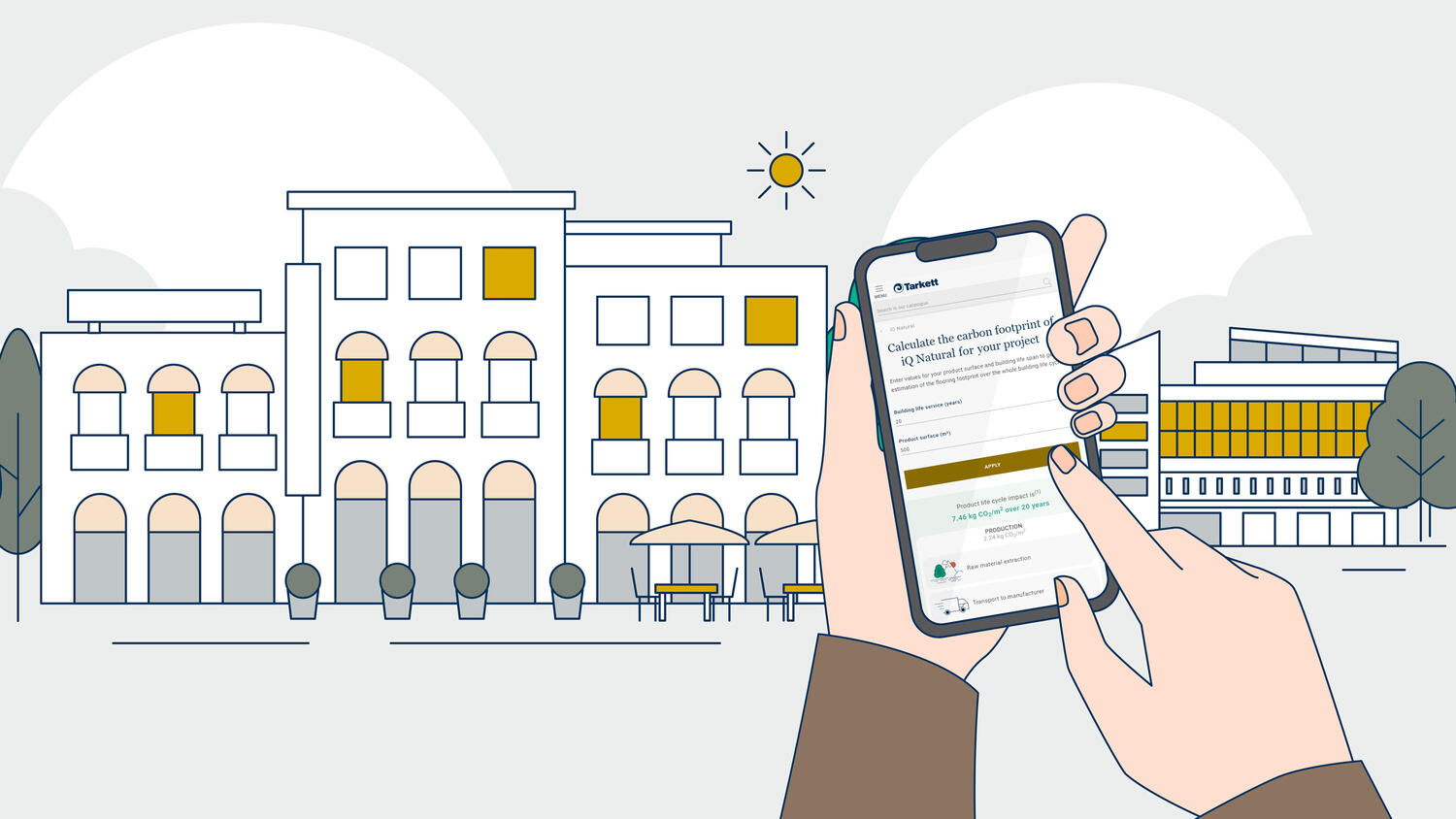
LEED green building certification
What is LEED?
LEED stands for Leadership in Energy and Environmental Design. It is a rating system developed by the United States Green Building Council (USGBC) to evaluate the environmental performance of buildings and encourage sustainable design and construction practices. LEED certification is awarded to buildings that meet specific criteria for energy efficiency, water conservation, indoor air quality, and other sustainable practices.
.
US-based certification
Originally founded in the US, LEED has been adopted by many international organizations and governments as a standard for sustainable building design and construction.
Worldwide coverage
The USGBC reports over 103.500 LEED-certified projects in 180 countries and territories around the world. This includes over 2.2 million square feet of certified space.
Country-specific versions
There are also local adaptations of LEED in some countries to account for regional building practices and regulations like LEED Canada for example.
Evaluation criteria
The LEED rating system evaluates buildings across several categories, including:
- Integrated process – the combined ability of on-site systems to deliver quality, value and equitable outcomes.
- Location and transport – the availability of sustainable transport options, such as infrastructure for public transport and cycling.
- Sustainable sites – rainwater management, the use of renewable energy and preservation of natural habitats.
- Water efficiency – how the building uses water.
- Energy and atmosphere – the building’s energy performance and use of renewable power, such as solar or wind.
- Materials and resources – the sourcing and use of materials in the building, including the role of recycled material.
- Indoor environment – the building’s air quality and comfort levels for lighting, temperature and noise.
The total points earned from each category determine the building’s LEED certification, from Certified to Platinum.


How to achieve LEED
Achieving LEED certification involves a comprehensive and rigorous process that typically involves the following steps:
-
Registering the Project: The building owner registers the project with the USGBC to initiate the LEED certification process.
-
Setting Goals and Targets: The project team establishes sustainability goals and targets and identifies which LEED credits and prerequisites.
-
Designing and Building the Project: The project team designs and constructs the building with sustainable features and strategies that meet the chosen LEED credits and prerequisites.
-
Documenting and Submitting the Project for Review: The project team documents their efforts and submits the necessary documentation for review.
-
Review and Certification: The USGBC reviews the project documentation and awards certification at one of four levels: Certified, Silver, Gold, or Platinum.
-
Maintaining and Improving Performance: The building owner maintains and improves the building's performance by monitoring energy, water, and other building metrics and implementing ongoing sustainability strategies.
LEED certified projects
- Client name > Caixabank – The Ó Building
- Location > Barcelona, Spain
- Tarkett product > DESSO Metallic Shades and AirMaster Tones
- Surface area > 10,000 m2
- Certification achieved > LEED Excellent
- Building type > Offices
- Project team > Bardaji Capdevila Management (architects & project managers), STATIC Ingeneria (structural engineers), PGI Engineering (facility engineers)

